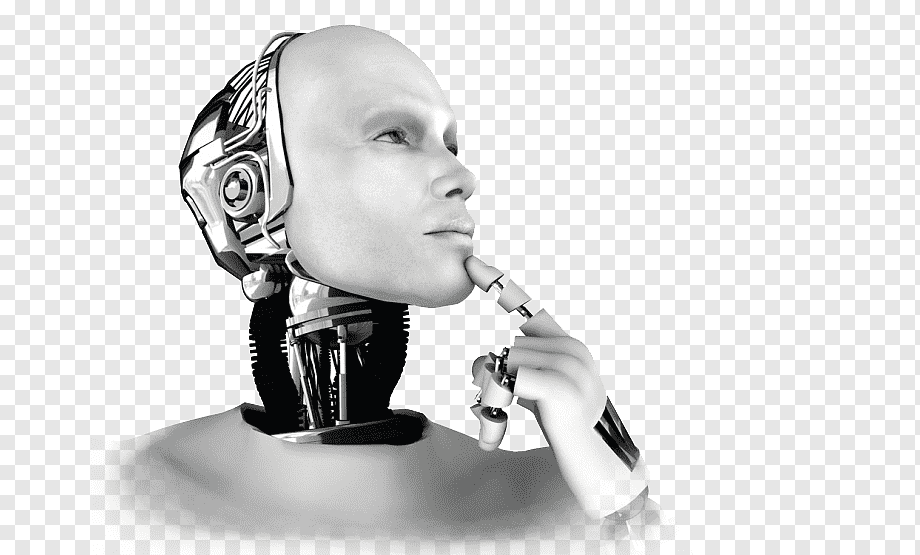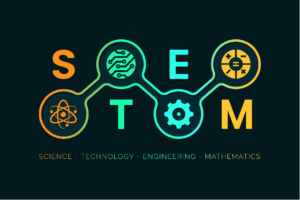
In an era dominated by technology, the ability to think computationally is becoming as essential as reading and writing. But what exactly is computational thinking, and why is it crucial for school children?
Understanding Computational Thinking:
Computational thinking is a problem-solving skill set that involves breaking down complex problems into smaller, more manageable parts. It encompasses several key concepts:
1. Abstraction:
The skill of focusing on the essential details while ignoring the irrelevant. In computational thinking, abstraction involves identifying the core elements of a problem.
2. Algorithmic Design:
Creating step-by-step procedures or algorithms to solve a problem. This concept
encourages students to think logically and sequentially.
3. Pattern Recognition:
Identifying patterns within problems and using these patterns to formulate
solutions. Recognizing similarities and differences is a fundamental aspect of
computational thinking.
4. Decomposition: Breaking :
down a problem into smaller, more manageable parts. Decomposition allows
students to tackle complex issues by addressing individual components.
While coding is one aspect of computational thinking, it extends beyond programming to encompass a broader set of skills applicable to various disciplines.
Why is it Necessary for School Children?
1. Problem-Solving Skills:
Computational thinking fosters the ability to analyze problems and devise
effective solutions. This skill is transferable across subjects and real-world
scenarios.
2. Logical Reasoning:
It enhances logical reasoning by encouraging students to think step by step and
consider the cause and effect of each decision.
3. Creativity:
Contrary to popular belief, coding is a creative endeavor. It encourages students to
think creatively to solve problems and develop innovative solutions.
4. Preparation for the Future:
As technology continues to advance, a basic understanding of computational
thinking is crucial for navigating the digital landscape and participating in
the future workforce.
How Computational Thinking Aids Other Subjects ?
1. Mathematics:
Computational thinking involves mathematical concepts such as patterns,
sequences, and logical operations. Applying computational thinking to math
problems can make abstract concepts more tangible.
2. Science: Scientific
inquiry often involves breaking down complex problems into manageable parts.
Computational thinking provides a structured approach to scientific
problem-solving.
3. Language Arts: In
language arts, students can use computational thinking to analyze and break down
complex texts, enhancing their comprehension skills.
4. Social Studies:
Understanding historical events and societal issues can benefit from
computational thinking by organizing and analyzing information systematically.
Sample 1:
His friend managed to bend the animals around without removing any of the sticks.
Gery was very upset because he really loved the figure of a dog.
Question:
Which of the following figures can be bent back to make the figure of the dog again ?
Top of Form
Sample 2:
Sid is
looking for a new home to live in.
He searched
the internet and found a perfect flat for a very good price.
He sent an
e-mail to Francis, who is selling the flat, and received a quick reply:
Hi,Thank you for your interest in my flat.Although I am not in town, I can send you the key to the flat so you can
inspect it, but I need a security deposit of Rs.50,000- beforehand.To show my trustworthiness, I attach a copy of my ID.Cheers,Francis
Sid is
unsure what to do and is asking for your help.
Question:
What would be your best advice?
DigitCodemy Computational Thinking Program:
DigitCodemy recognizes the importance of instilling
computational thinking skills in primary and middle school children. Our
program goes beyond teaching coding; it focuses on developing a mindset that
empowers students to approach any challenge with confidence.
1. Engaging Curriculum:
Our curriculum is designed to be interactive and engaging, making learning
computational thinking enjoyable for students.
2. Real-World Applications:
We emphasize real-world applications, showing students how computational
thinking can be used in various fields and industries.
3. Hands-On Projects:
Practical application is key. Our program includes hands-on projects that allow
students to apply computational thinking to solve real problems.
4. Inclusive Learning Environment:
We believe in inclusive education. Our program is designed to cater to diverse
learning styles, ensuring that every child can benefit from developing
computational thinking skills.
In conclusion, computational thinking is not just a skill;
it’s a mindset that equips children with the tools they need to thrive in a
rapidly evolving world. By embracing computational thinking through programs
like DigitCodemy, we pave the way for a generation of creative problem solvers
ready to tackle the challenges of the future.
Join the Program Now 🙂




